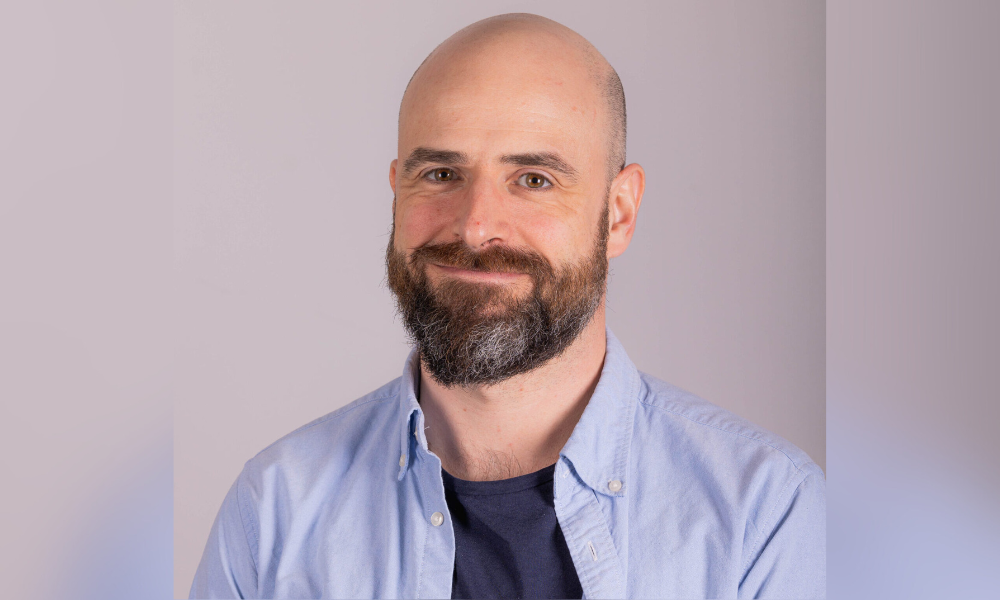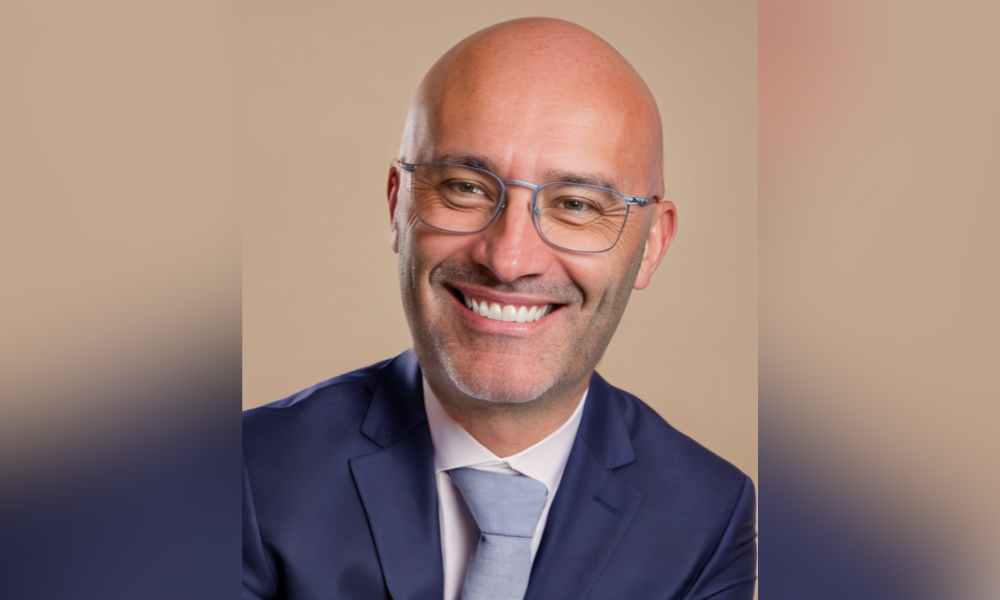HR must find an equilibrium point where right number and right mix of employees meet business demands

With the pandemic subsiding in Canada, and lockdowns ending, there are warnings of a turnover tsunami, reflecting an unprecedented level of churn of employees.




